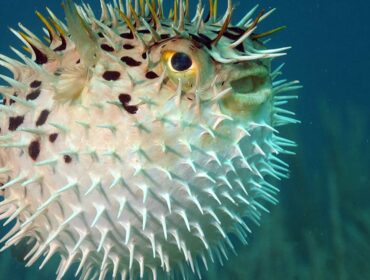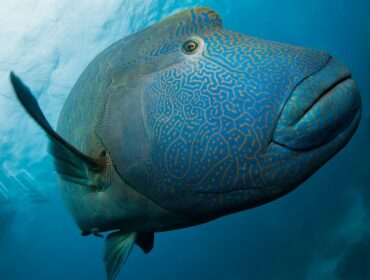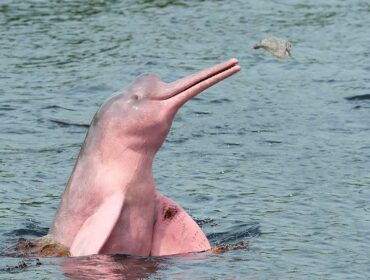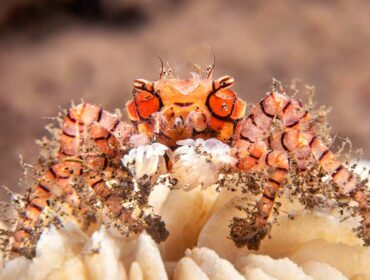When it comes to animal parents, the protocol for raising the next generation varies wildly. Some have little more of a role than simply fertilizing or depositing eggs, while others act as their offspring’s guide and protector for years before they finally break off on their own. While marine animal parents like male seahorses get a lot of media coverage for their unusual gestation, we thought we’d put a spotlight on a few other outstanding examples of parenthood in the sea.
Octopus
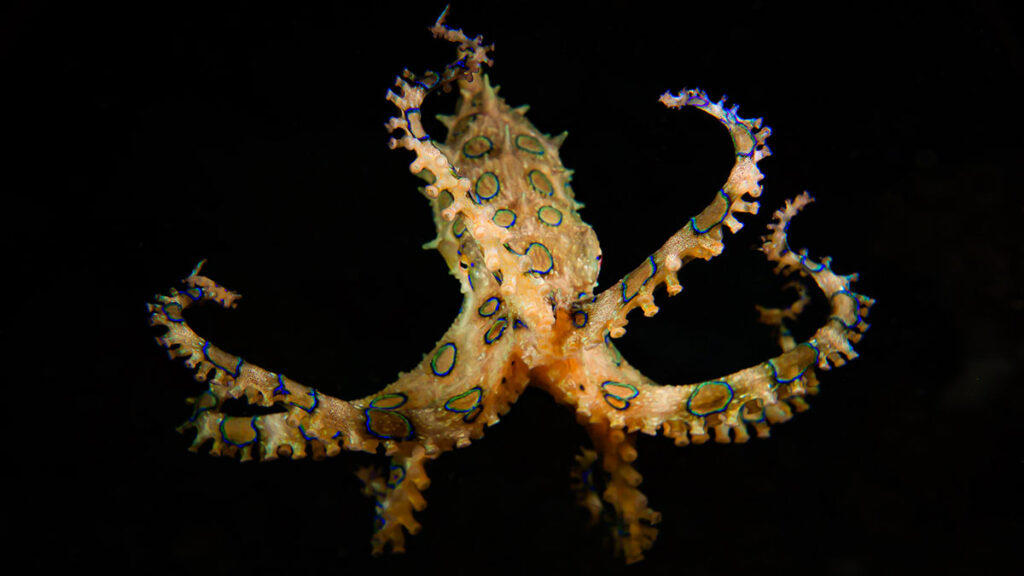
The octopus isn’t just a highly intelligent invertebrate, it is also one whale of a marine animal parent. Roughly a month after mating, the female octopus produces strings of 10,000-70,000 eggs (number depends on the species) that she attaches to the roof of a carefully chosen rocky overhang or crevice. The eggs somewhat resemble boughs of wisteria pouring from an archway, and the mother octopus will spend nearly six months aerating and cleaning the eggs, for without her attention, many will not hatch. She focuses all her energy into this task, not even feeding during their incubation, and dies soon after the eggs hatch.
Jawfish
The jawfish takes its parental role very seriously, engaging in a behavior known as mouthbrooding. Mouthbrooding involves either the male or female jawfish holding fertilized eggs in their mouths for safe keeping until they hatch. This typically means, as in the octopus’ case, that feeding is forgone until the hatchlings arrive, which is about 7-10 days. The mouthbrooding jawfish continuously juggles the eggs in its mouth, occasionally popping the entire bundle out quickly for a little oxygen boost.
Peacock Mantis Shrimp
The peacock mantis shrimp is arguably the ocean’s most beautiful species of shrimp, and it’s not a bad marine animal parent either. The male deposits sperm inside the female, where she can immediately use it to fertilize her eggs, or hold onto it until she is ready to fertilize, sometimes days or weeks after mating has taken place. A gland on the female peacock mantis shrimp secretes an adhesive-like substance to keep her eggs bundled together, and for the duration of their incubation (9-60 days), she will eschew eating or leaving her burrow, instead spending her time aerating and cleaning the eggs.
Lumpsucker
One of the most adorable creatures in the sea, the lumpsucker is also a dedicated marine animal parent, risking its own life to ensure the next generation has a chance. The female lays her eggs in a rocky crevice, barnacle, or other small opening in shallow waters, where they are fertilized and tended to for 3-8 weeks by the male. Even as the tide goes out and exposes the lumpsucker and his eggs, he will not abandon his post.
Penguin
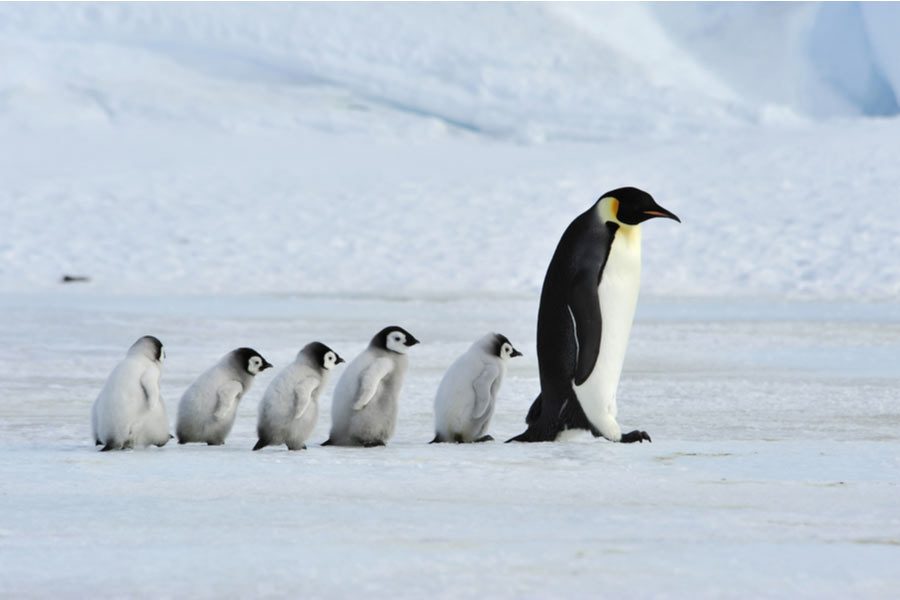
And perhaps the most romantic of all marine animal parents is the penguin, who finds a single mate (or scant few) to share the joys of parenthood with for the rest of its life — or at least the breeding season. Once mating is complete, the female produces one or two eggs (depending on the species), which both the male and female take turns caring for over the next month or two until it hatches. In most cases, the mother will head out to sea to feed, leaving the father there to fast until her return. The male is able to survive without feeding because of its large stores of body fat, but he can lose up to 45 percent of his bodyweight in the process.

